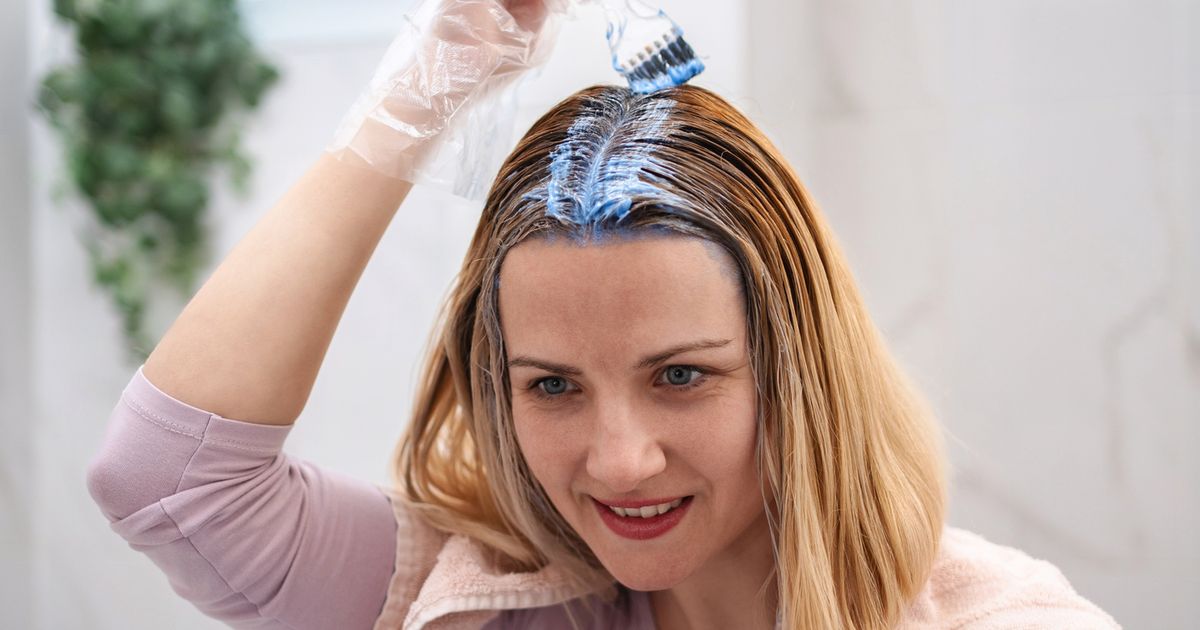Home / Health / Hair Dye's Hidden Danger: Allergic Reactions & Cancer Risks
Hair Dye's Hidden Danger: Allergic Reactions & Cancer Risks
21 Nov
Summary
- PPD in hair dye causes allergic reactions, with 1.5% susceptible.
- Hair dye linked to increased risk of certain cancer subtypes.
- Ingesting PPD causes severe poisoning with a high mortality rate.

The pervasive use of p-phenylenediamine (PPD) in permanent hair dyes across the US and Europe is under scrutiny due to its connection with severe health concerns, including allergic reactions and potential cancer links. This compound is vital for color longevity but also generates dangerous byproducts during its application process.
While minimal quantities of PPD are absorbed during cosmetic use, it can trigger immune sensitization, resulting in allergic contact dermatitis approximately 72 hours after exposure. Roughly 1.5% of the population is susceptible, a figure rising to 6% for individuals with pre-existing dermatitis conditions. Professional use has been classified as 'probably carcinogenic' by IARC, though personal use remains unclassifiable.
A 2020 study indicated a potential link between cumulative hair dye use and increased risks for specific cancer subtypes, such as estrogen receptor-negative breast cancer, although definitive causation remains unproven. Ingesting PPD, however, poses an immediate and severe threat, capable of causing rapid, life-threatening multi-organ failure and a significant mortality rate. Safer alternatives exist, but cross-reactivity with PPD allergies is noted.



